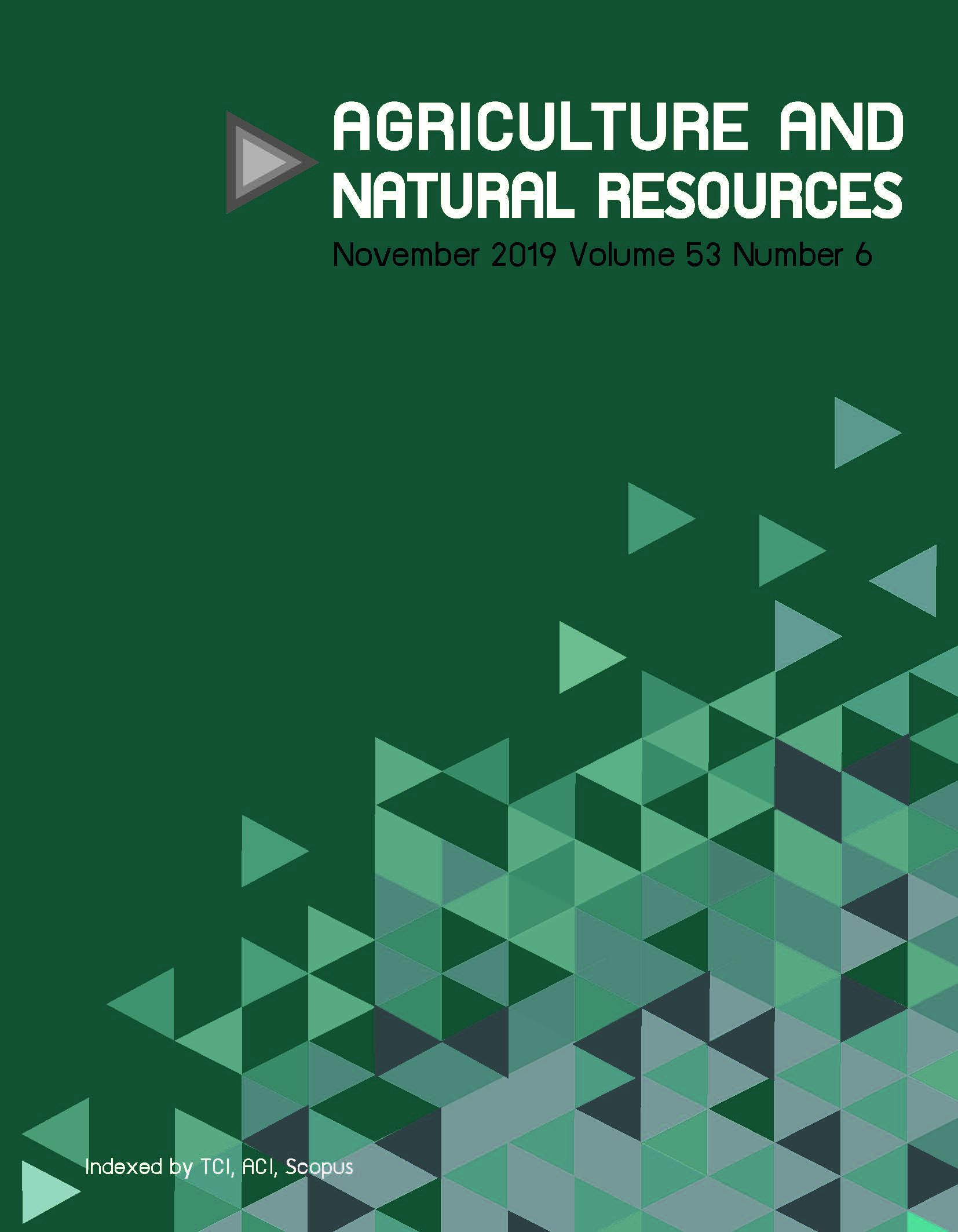Effects of 18 yr of repeated manure and mineral fertilizer applications on soil properties, crop yield and their plot scale spatial distribution
Keywords:
Chemical fertilizer, Crop yield, Long term application, Organic manure, Soil propertiesAbstract
A field experiment was conducted to study the effect of repeated manure and mineral fertilizer applications on soil properties and crop yield and their spatial distribution at the plot scale. This experiment was initiated in 1996 with three treatments: 1) chemical fertilizer (CF), 2) chemical fertilizer + manure (CF + M) and 3) manure (M). After continuous application for 18 yr, soil and plants were sampled using 10 m × 10 m sampling grids. The results showed that application of M alone or combined CF + M increased soil total C, total N, organic matter, pH, electrical conductivity (EC) and available P compared with CF. However, M application resulted in significantly higher levels of soil pH and soil EC than for the other treatments. The highest seed yield was observed in M followed by CF + M and the lowest was observed in CF. The contour map indicated there was a medium-to-high spatial distribution for the soil properties and crop yield within and between the treatments. Soil total N content was visually correlated with soil total C, organic matter, soil pH and EC. The contour map of seed yield generally had a high visual correlation with all plant and soil parameters. High spatial distribution of soil properties and crop yield between the treatments clearly showed the effect of organic and mineral fertilizers; however spatial distribution within the treatment might have been due to the uneven distribution of applied fertilizers and soil management practices.
Downloads
Published
How to Cite
Issue
Section
License
Copyright (c) 2019 Kasetsart University

This work is licensed under a Creative Commons Attribution-NonCommercial-NoDerivatives 4.0 International License.
online 2452-316X print 2468-1458/Copyright © 2022. This is an open access article under the CC BY-NC-ND license (http://creativecommons.org/licenses/by-nc-nd/4.0/),
production and hosting by Kasetsart University of Research and Development Institute on behalf of Kasetsart University.







